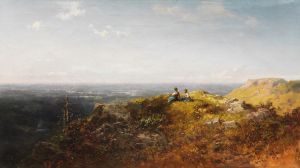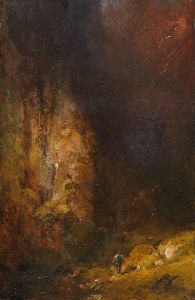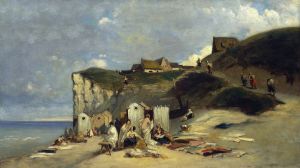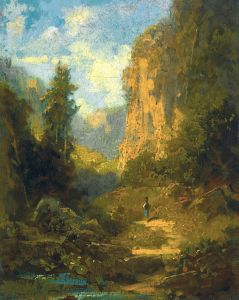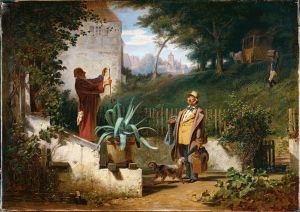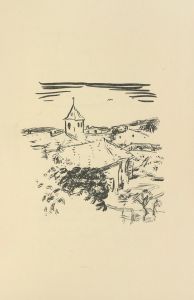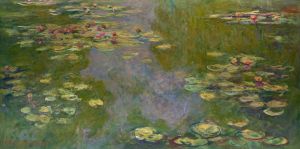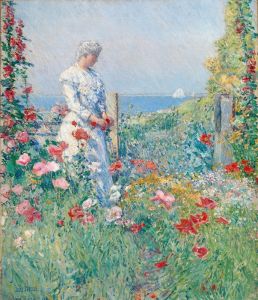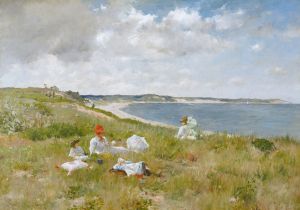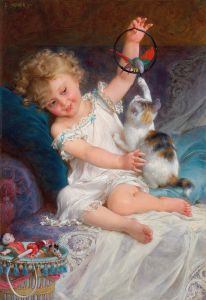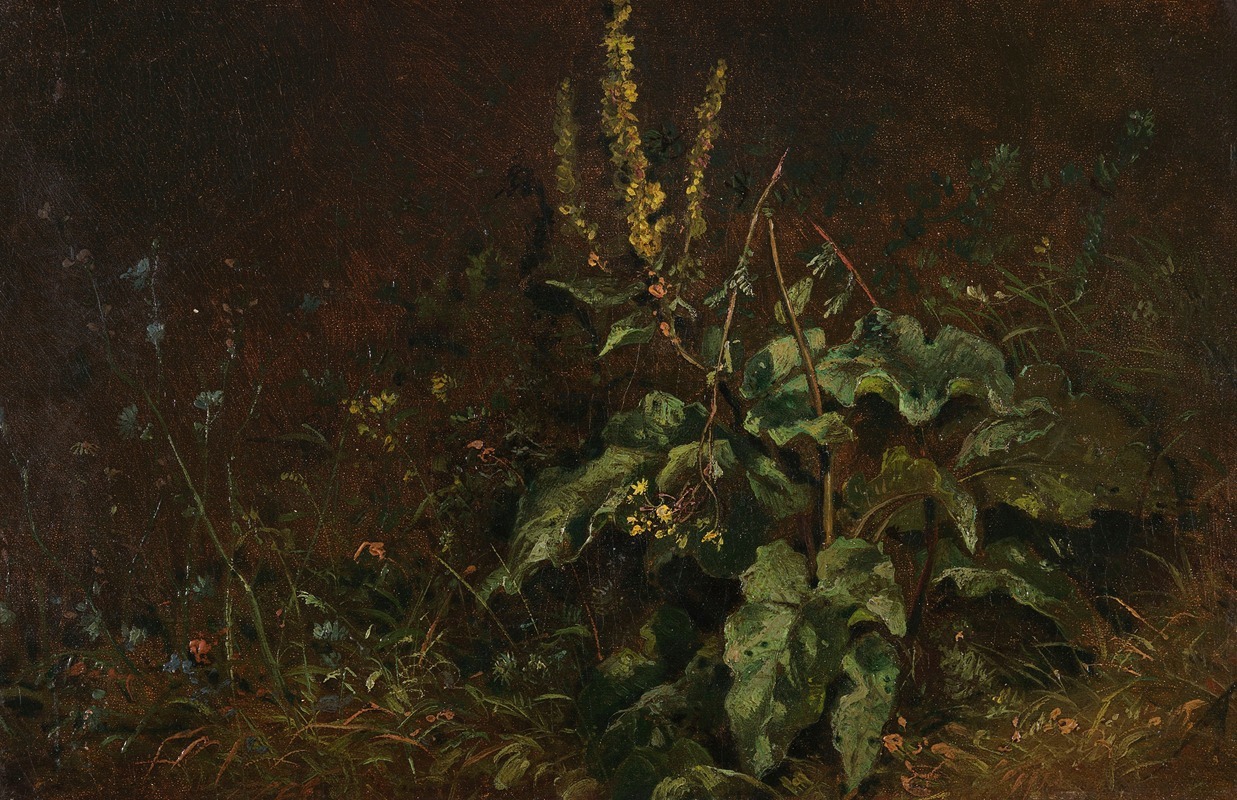
Stauden
A hand-painted replica of Carl Spitzweg’s masterpiece Stauden, meticulously crafted by professional artists to capture the true essence of the original. Each piece is created with museum-quality canvas and rare mineral pigments, carefully painted by experienced artists with delicate brushstrokes and rich, layered colors to perfectly recreate the texture of the original artwork. Unlike machine-printed reproductions, this hand-painted version brings the painting to life, infused with the artist’s emotions and skill in every stroke. Whether for personal collection or home decoration, it instantly elevates the artistic atmosphere of any space.
Carl Spitzweg was a renowned German painter and poet, known for his contributions to the Biedermeier period, a time characterized by a focus on the middle-class sensibilities and a penchant for portraying the everyday life with a touch of romanticism and humor. Among his numerous works, "Stauden" is one of the paintings that reflect his unique style and thematic interests.
"Stauden" is a painting that showcases Spitzweg's ability to capture the essence of the natural world and the quiet beauty of rural life. While specific details about the painting "Stauden" are limited, Spitzweg's broader body of work provides context for understanding his artistic approach. His paintings often depict idyllic scenes, infused with a sense of tranquility and a gentle humor that invites viewers to appreciate the simple pleasures of life.
Spitzweg was born on February 5, 1808, in Unterpfaffenhofen, Bavaria, and initially pursued a career in pharmacy before turning to art. His self-taught background in painting did not hinder his ability to create works that resonated with the public and critics alike. His works are characterized by their meticulous attention to detail, vibrant colors, and the ability to convey narrative through imagery.
The Biedermeier period, during which Spitzweg was active, was marked by political conservatism and a retreat into the private sphere following the upheavals of the Napoleonic Wars. Artists of this era often focused on domestic scenes, landscapes, and still lifes, reflecting the values and interests of the burgeoning middle class. Spitzweg's paintings, including "Stauden," embody these themes, often portraying scenes of everyday life with a whimsical touch.
Spitzweg's work is also noted for its exploration of the relationship between humans and nature. His landscapes often include figures engaged in leisurely activities, suggesting a harmonious coexistence with the natural world. This theme is evident in many of his paintings, where the natural environment is not merely a backdrop but an integral part of the narrative.
In addition to his landscapes, Spitzweg is well-known for his genre paintings, which depict scenes of everyday life with a humorous or satirical twist. These works often feature eccentric characters and situations, reflecting his keen observation of human nature and society.
While specific information about "Stauden" is scarce, it is likely that the painting embodies the characteristics that define Spitzweg's oeuvre: a focus on the beauty of the natural world, an attention to detail, and a subtle narrative quality that invites viewers to engage with the scene. His ability to capture the essence of the Biedermeier period and its values has ensured his place as one of the most beloved artists of 19th-century Germany.
Today, Carl Spitzweg's paintings are celebrated for their charm, wit, and insight into the human condition. His works continue to be exhibited in museums and galleries, offering audiences a glimpse into the world of 19th-century Germany and the enduring appeal of the Biedermeier aesthetic.





